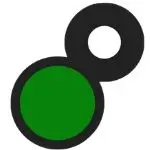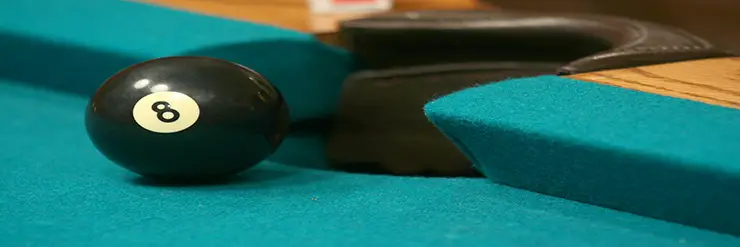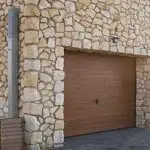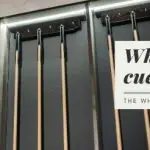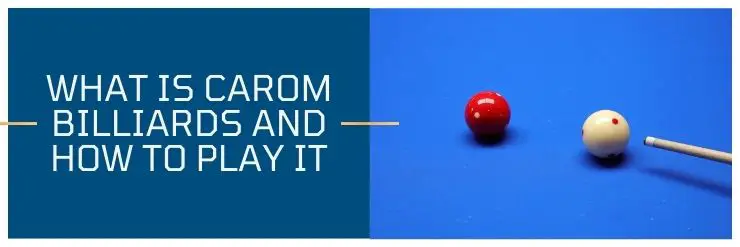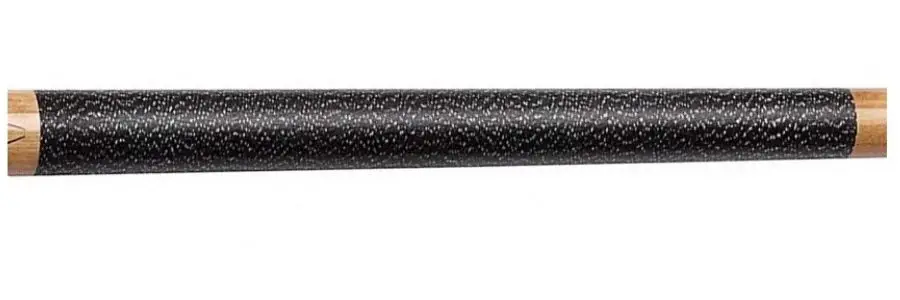If you are in need of new bumpers and looking to replace the old ones then you have come to the right place.
It’s important to understand the procedure is not only replacing your table cushions but choosing the correct ones. Table cushions don’t come with a one size fits all, you’ll need to understand which profile your cushions are for your table as well as your table size.
We will walk you through every step to guide you to replacing your bumpers in no time at all.
Bumpers are made to last about 15-20 years. However, this span can be reduced based on factors like temperature, humidity, and play frequency. Frequent plays can make the cushion last longer while sparse play will cause the rubber to harden up quickly. Low humidity coupled with above-average temperature will also cause hardening.
This is a comprehensive guide for people concerning pool table cushions. How to know if they’re ready for change, how to change them, and everything about knowing the bumper that fits your table.
We will learn how to:
- Choose the correct cushion profile
- Remove the old cushions
- Install the new cushions
Choosing the correct rail cushion profile
If you need to test your rails to see if they indeed need to be changed then I have an article running through how to check your bumpers.
Assuming you have already checked and you know they need to be replaced, then there is one more thing you need to consider before buying new bumpers – that is what profile does your table use.
Most newer tables will use K66 cushions but it’s good to double-check.
There are different profiles of table cushions, differing in shape and composition. Each profile fits a particular type of table configuration and a wrong cushion on the table often spells disaster. It could make the ball fall off the edge, or stick to it.
Basically, you need to know what cushion profile fits your type of table. There are two ways to find this out
The first way to determine the cushion profile needed:
The rule-of-thumb in determining your cushion profile is first knowing your ball height, and your rail height, then determining the cushion that will align with your rail while reaching three-quarters of your ball’s total height.
Ideally, when you place the ball on the table, three-quarters of the ball’s total height should sink below the cushion nose.
Read that again.
For example, if your ball is an inch tall, and your rail is also an inch tall, you need a cushion that is an inch tall, but has a nose height of .75,
The second way to determine the cushion profile needed:
Check that the rail is completely hardened and there is no bounce.
Then, carefully remove one of the cushions – as detailed below – and measure the cushion profile.
1st measure where it was glued and then measure the angled parts of the cushion.
Use these measurements to determine which cushion profile you’ll need.

So what is regarded as cushion profiles are just the various configurations that cushion comes. There are various cushion profiles, but the most popular are the K66, the K55, and the U23.
The K66 has the longest rail-to-nose length because the nose is situated split middle.
The U23 has the tallest slate-to-nose dimension.
To compensate for these differences in configurations, different cushion profile comes with different nose-to-tail length. This compensates for their bounce and play-speed. i.e. if the U23 had the same overall length thickness as the K66, the balls will bounce too hard.
Hight of the cushion using standard pool balls
If you are using a standard set of American pool table balls then the size of the balls is 2 1/4″.
As mentioned, the ball needs to make contact with the nose of the cushion three-quarters of the ball’s total height
Depending on the angle of the nose of the cushion, the height of the cushion from the table surface to the tip of the nose should be between 1 3/8″ to 1 7/16″
Difference between K55 and K66 rail
Because the K-profile is the most widely used type of cushion, the K55, and the K66 is just slightly different variations of the same configuration. The K55 is slightly bigger and thicker than the K66. The K55 is thus ideal for bigger tables and balls. It is also capable of absorbing harder shots than the K66.
An easy guide
Billiard makers have the specific cushion profiles that they use. You can often know your ideal cushion profile by searching the brand and production year of your table.
Valley-Dynamo uses the K66, but have used the U23 and the K55 in earlier versions of their tables. Most non-Brunswick tables also take the K66 profile perfectly.
Old Brunswick tables (before 1975) take the K55. Newer versions of Brunswick might require custom cushion profiles.
Changing your bumpers
Now you have determined which type of cushion profile your table needs it’s time to fit them to the table.
If you haven’t bought the cushions already, there is a list below according to the table size. Don’t forget to pick up the correct glue and facings.
If you are unsure of the size of your pool table, you’ll need to measure your table so you can pick the correct sized cushions for its size.
K66 bumper profile
(7ft – 8ft – 9ft tables)
Extras: bumper glue & bumper Facings
K55 bumper profile
(7ft – 8ft – 9ft tables)
U23 bumper profile
(7ft – 8ft tables)
Extras: bumper glue & bumper Facings
Tools needed
- Stapler gun
- Staple remover
- Scraper
Materials needed
- New bumpers
- Cushion facing.
- Staple pins.
- Might need new felt.
- Spare feather strip.
Precautions
- Avoid dust or objects on your table.
- Handle the staple gun properly.
Removing the former rail and bumper and replacing is detailed below.
If you would rather watch a video then the one below will walk you through all the steps also.
Step-by-Step replacing table cushions
- First, loosen the rails from the table. Be sure to keep your screws and nuts somewhere safe.
- Move the rails away from the table. This is because working on your table leaves room for mistakes that can tear your felt or shift your table.
- Start by removing the staple pins used to hold the felt on your rails. You’ll find these on the lower side of the rails.
- Gently remove the feather strips. Be gentle with it as it breaks easily. Try not to let it break, but if it does, you have purchased extras, right?
- The felt covering should fall off once you remove the feather strips, if you won’t be changing the felt, clean the old felt and keep it somewhere you can retrieve it easily.
- The old bumper is a rubber glued on the softer part of your rails. Use a flat-edged tool to gently pry the old Cushion away.
- Use your scraper and scrape away any glue left from the old cushion. Be sure the wood surface is as smooth as possible without scraping the wood.
- Apply a generous amount of thick glue on the surface and gum your new cushion, Be sure to pay attention to the sides. Cushions have more canvas than rubber on some sides than the other, the rubber side should face up.
- Allow it set properly.
- Cut out the pockets and place glue on your cushion facing. Your cushion facing is another type of rubber glued around the pockets.
- Ensure that the whole thing sets properly. Check for unglued sites between the rail and the cushion.
- Begin refelting your rails. Start by securing the end of the felt with the feather strip. Gently tap the feather strip into place with a wooden mallet. An actual hammer will break it.
- Draw the felt over and staple it securely. Draw the felt but not tightly. Be careful when stapling the wrinkles around the edges.
There you have it; your billiard table is up for a fast bouncy play.
Happy shooting!
Rob is an avid player and fan of all cue sports, particularly 8-ball, and snooker. He has competed in a few local 8-ball tournaments and although he is not a professional, he can compete with the best of them.
